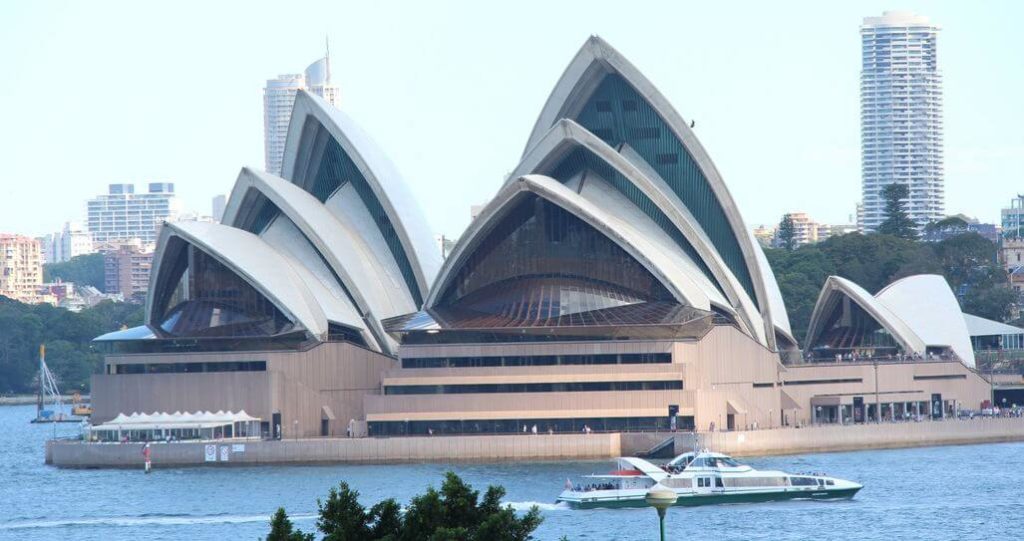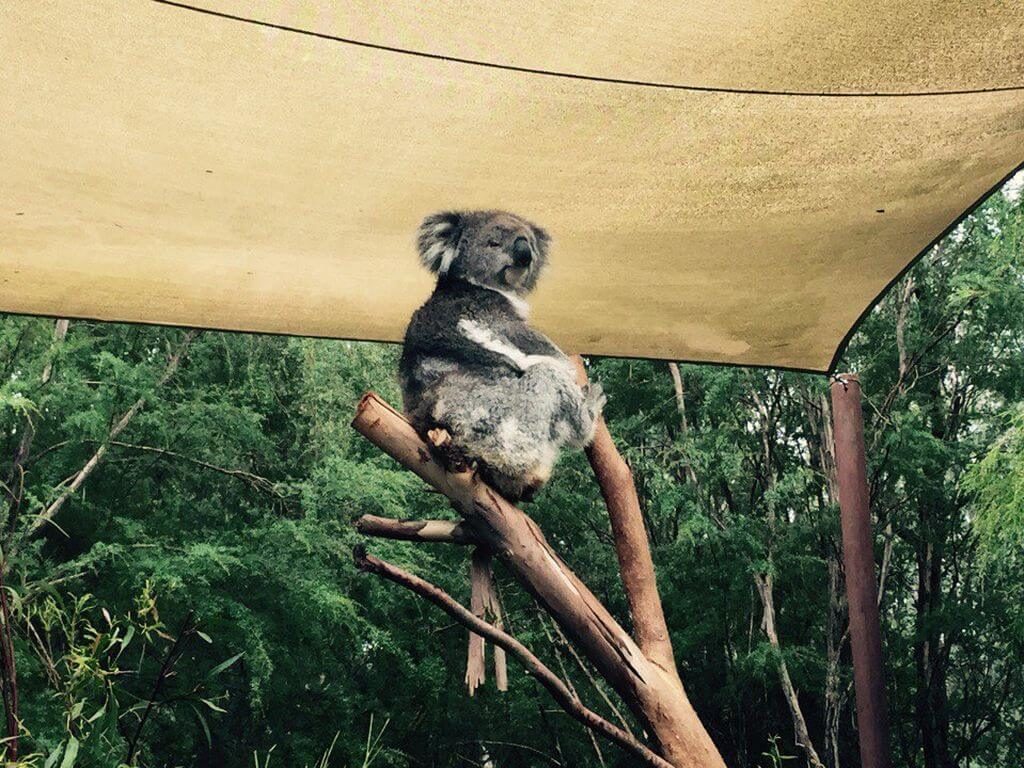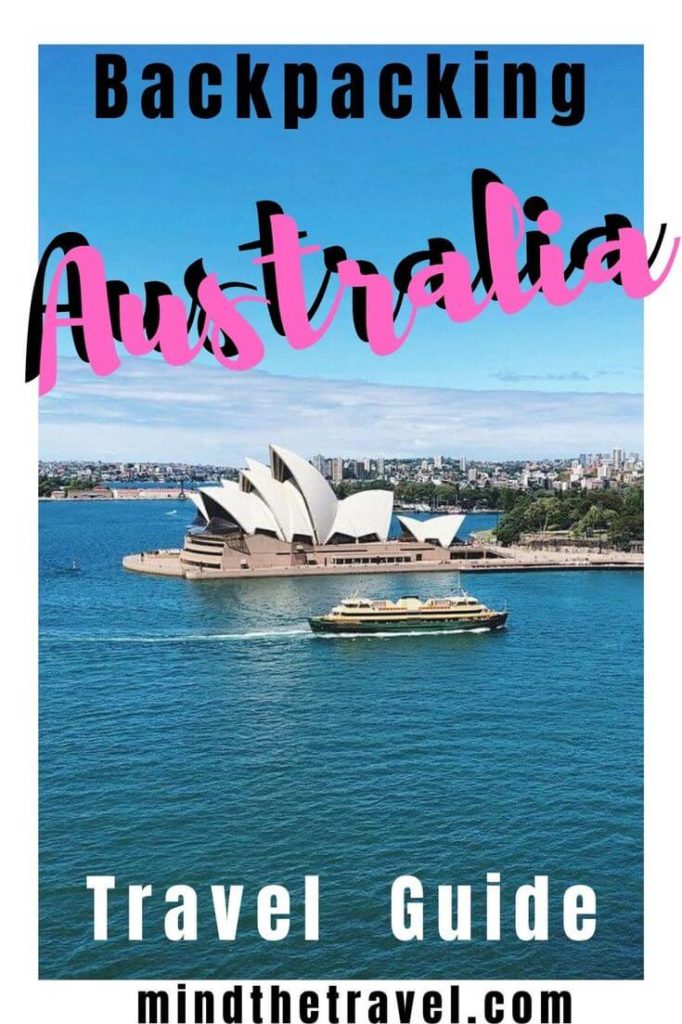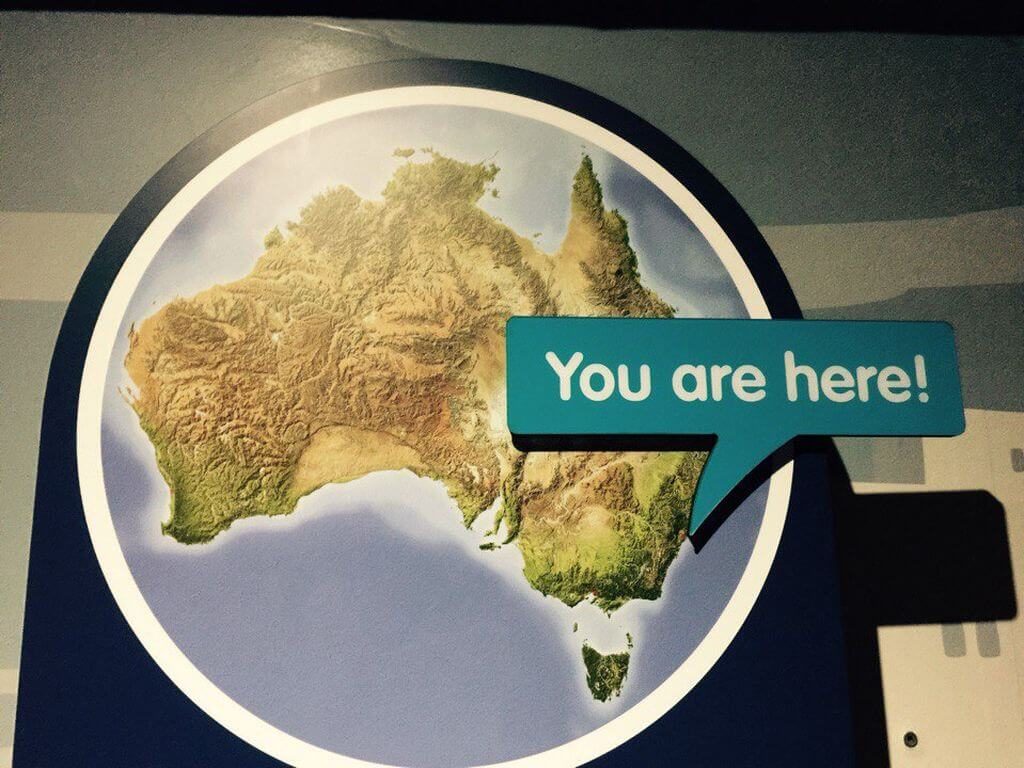3. Australia Travel Guide – Accommodation
Down Under offers any type of accommodation. Ranging from cool and sociable backpacker hostels, camping grounds and guesthouses to most prestigious and elegantly furnished luxury hotels. You can expect that during school and public holidays prices are usually at their highest, so I’d recommend booking ahead to secure the best accommodation deals. If you can, take advantage of low season discounts and find great accommodation opportunities.
B&B and Guesthouses
Since I’m not only a frugal traveler but also the one who enjoys the odd home comfort on his travels I take booking my accommodation very seriously. On my recent trip to Australia, it quickly became apparent that the guesthouses I was staying at would live up to all my expectations. When planning a travel itinerary bear in mind that there are plenty of family-run guesthouses that range from converted barns to bungalows and townhouses.
If you’re looking for a bed and breakfast, Australia has plenty of great options to choose from. These are more intimate accommodations than large hotels with rates depending on the area, location and facilities offered. Usually, they offer personal attention, individually decorated, comfortable rooms and expertise of an innkeeper.
Hotels
You will be spoiled for choice when picking a hotel in the main Australian cities. While they usually range from business to luxury hotels with all types of facilities, I have a few favorite booking sites I use to find the best deal. And once I have found my best deal using the travel resources below, I also call the particular hotel directly as sometimes you can get a better price by going direct. Since so many travelers explore Australia by car they often need a stopover on the way to their destination. In this case, consider staying in motels because they offer a comfortable mid-range accommodation at reasonable prices.
During my trip to Australia, I used one of the most renowned hotel comparisons sites that also deliver the cheap hotel deals and the largest selection of hotels. Hotelscombined is one of the best-suited engines in Australia that trawls through over 25 search engines like Expedia, Booking, and Travelocity.
AirBnB
I tried AirBnb when traveling around Australia and it was definitely a lifesaver. It is becoming more and more popular with backpackers and those who short of somewhere to stay for a night or two. As an example, I stayed in an awesome apartment in Sydney that cost me only $40 per night. Every other apartment I found was at least $90. I also love AirBnB because it connects you to unique travel experiences and locals are almost always willing to show you some off-the-beaten-path places. If you have not used Airbnb before, you can save $35 off your first stay with this AirBnb link.
Camping
As I have already mentioned a trip to Australia would not be complete without spending the night under stars. Renting a caravan or a campervan allows you to save money on traditional accommodation, drive yourself around the country, stop everywhere and enjoy outdoor sleeping. Camping in the Australian bush becomes easier when you have some options to choose from. Check big international companies like Britz, Avis, Hertz, Mau, Apollo, KEA, if you wish to rent a campervan or RV.
With literally thousands of campgrounds around the country, a lot of these are completely free to use. While Australia is a massive country with lots of wide-open space, I discourage you from setting up camp in national parks or outside of designated camping areas. The rules and regulations can differ with every council, but on average one night could cost you $200 in a fine for camping in non-designated place.
Sticking to designated campgrounds allows you to use facilities that often range from basic toilets and showers at some of the free sites, to full laundry services, swimming pools, kitchens at campsites where you have to pay for entering. There are way too many guides and apps you can purchase or download to get the exact campsite you want. WikiCamps is a great app I’ve just discovered which gives you access to the largest and most up-to-date database of campgrounds, caravan parks, backpacker hostels with user reviews.
Hostels
If you prefer to cut costs, there plenty of clean, friendly, social, and safe hostels in Australia. Despite what many people often think, hostels aren’t just for 22-year-old backpackers. Many Australian hostels offer private dorm beds that on average will be $50 to $85. So they can be a fancier option than the standard hotel room if you’re a solo traveler.
Some hostels are better than others and getting the right hostel is essential because it will affect the type of people you meet and the experience that you have. I’ve stayed in some of YHA hostels as they are clean and well-run hostels with heaps of facilities and so far are my personal favorite. They are great if you want to socialize, but you can still get some sleep at night.
Hostels like Nomads and Base and the Arts Factory are more party hostels, which is great if you want to party, but not so great if you want to sleep and get up early for sightseeing or a tour. You can also get YHA memberships to save at least 10% on accommodation costs in YHA Hostels worldwide. Not so much, but every little bit helps when traveling around Down Under. I’d also recommend getting a padlock to lock your valuables and cash in a locker in the hostel.





